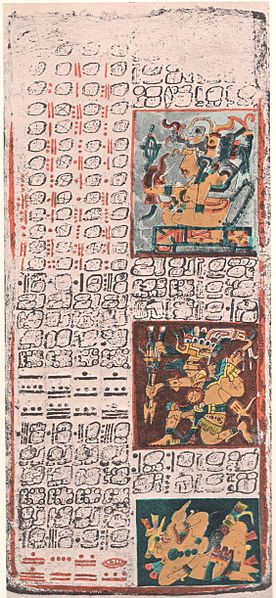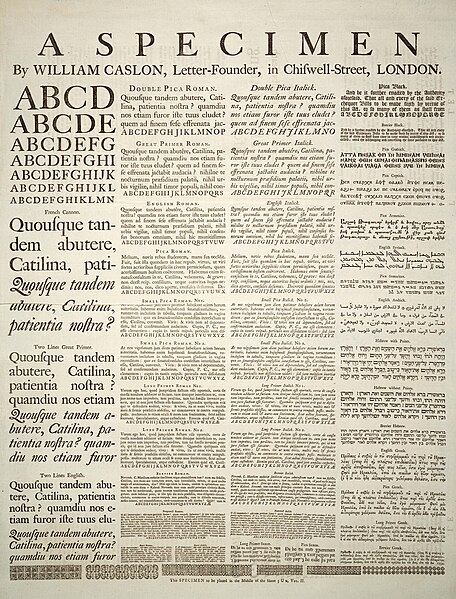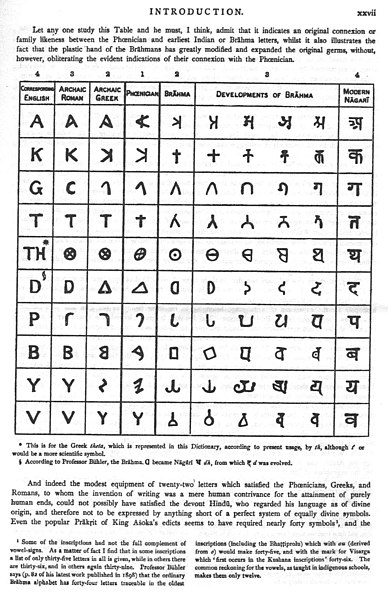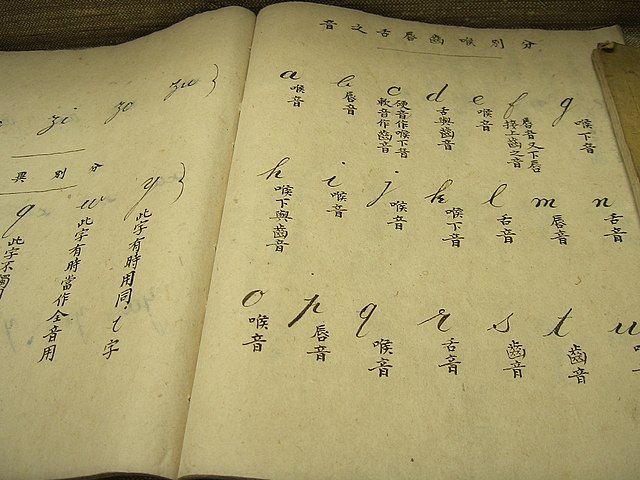Maya script, also known as Maya glyphs, is historically the native writing system of the Maya civilization of Mesoamerica and is the only Mesoamerican writing system that has been substantially deciphered. The earliest inscriptions found which are identifiably Maya date to the 3rd century BCE in San Bartolo, Guatemala. Maya writing was in continuous use throughout Mesoamerica until the Spanish conquest of the Maya in the 16th and 17th centuries. Though modern Mayan languages are almost entirely written using the Latin alphabet rather than Maya script, there have been recent developments encouraging a revival of the Maya glyph system.
Maya glyphs were often carved into stone and had minor depth when done so and these glyphs had high complexity
Yucatec Maya writing in the Dresden Codex, c. 11–12th century, Chichen Itza
An inscription in Maya glyphs from the site of Naranjo, relating to the reign of king Itzamnaaj Kʼawil, 784–810
Diego de Landa's Maya alphabet was an early attempt at decipherment.
A writing system comprises a particular set of symbols, called a script, as well as the rules by which the script represents a particular language. Writing systems can generally be classified according to how symbols function according to these rules, with the most common types being alphabets, syllabaries, and logographies. Alphabets use symbols called letters that correspond to spoken phonemes. Abjads generally only have letters for consonants, while pure alphabets have letters for both consonants and vowels. Abugidas use characters that correspond to consonant–vowel pairs. Syllabaries use symbols called syllabograms to represent syllables or moras. Logographies use characters that represent semantic units, such as words or morphemes.
Written Chinese uses morphosyllabic characters assembled from phonetic and semantic components in order to encode the spoken language
A Specimen of typefaces and styles, by William Caslon, letter founder; from the 1728 Cyclopaedia
Table of scripts in the introduction to Sanskrit-English Dictionary by Monier Monier-Williams.
This textbook for Puyi shows the English alphabet. Although the English letters run from left to right, the Chinese explanations run from top to bottom then right to left, as traditionally written.








